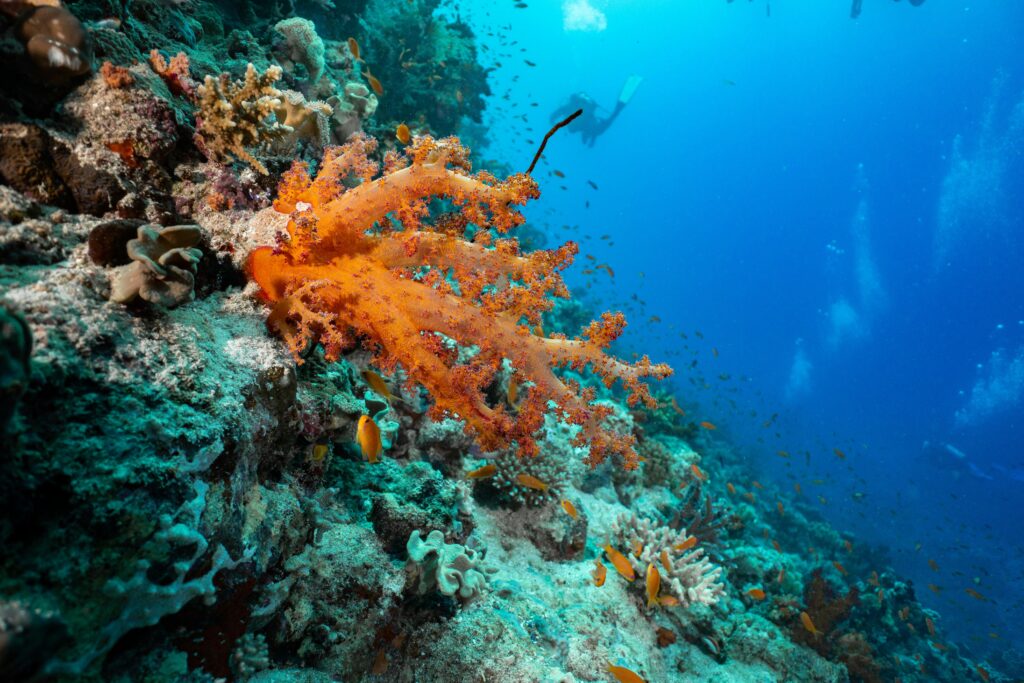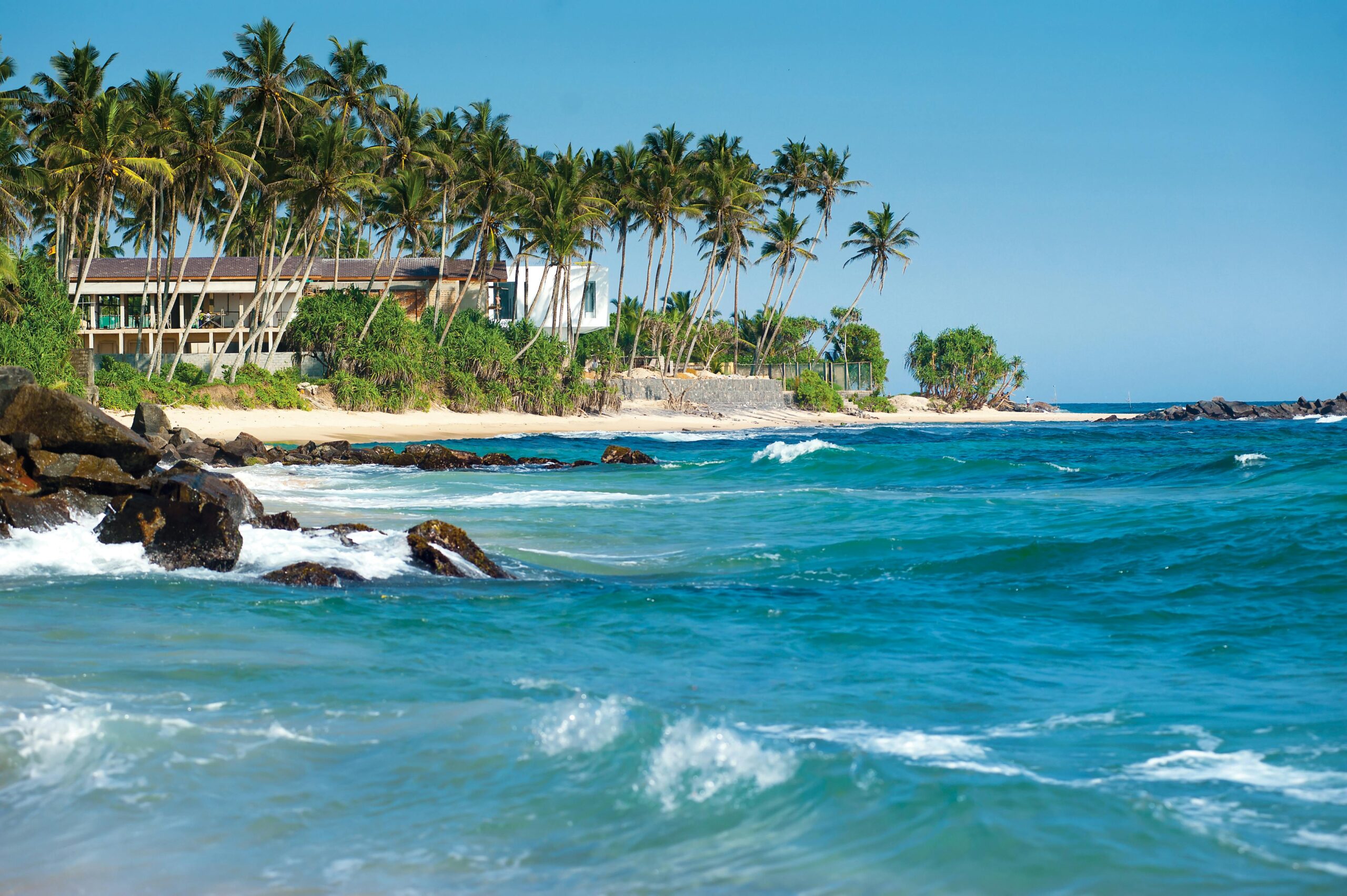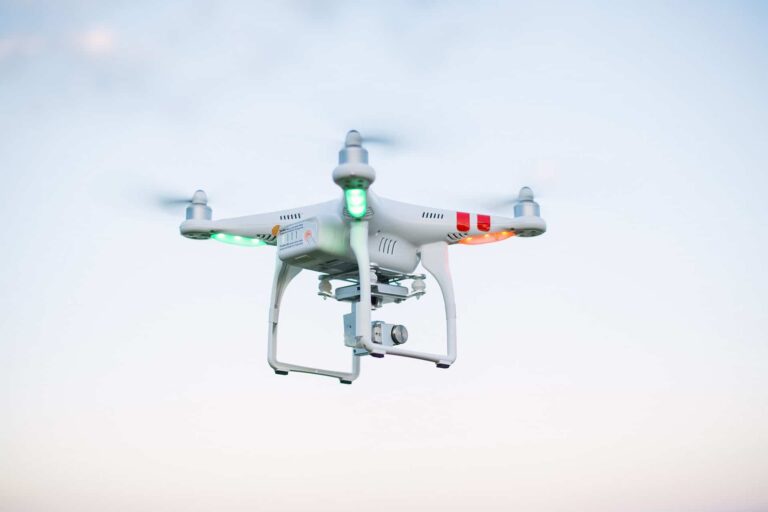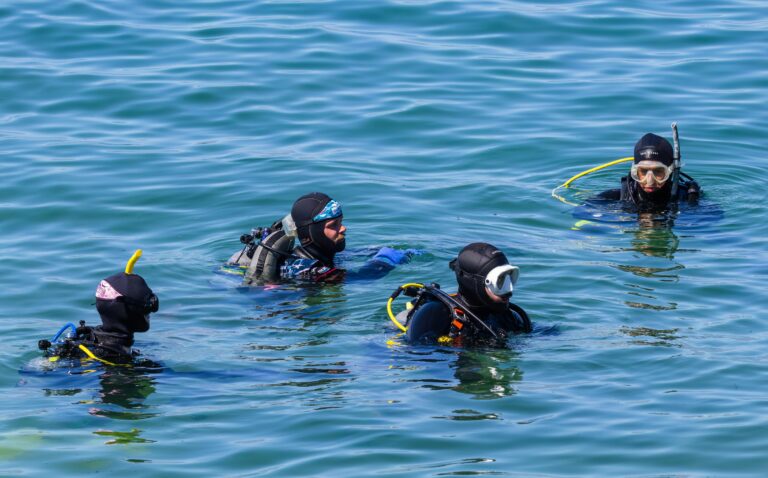Scuba Diving in Sri Lanka: An Underwater Adventure Awaits
Scuba diving in Sri Lanka is an experience like no other. Whether you’re a seasoned diver or a first-time enthusiast, the island offers some of the most incredible underwater adventures in the world. From vibrant coral reefs to historical shipwrecks, Sri Lanka’s dive sites cater to all levels, providing unique encounters with diverse marine life. In this article, we’ll explore why Scuba diving in Sri Lanka should be on your scuba diving radar and guide you through the best dive spots, the ideal time to visit, and more!
Why Scuba Diving in Sri Lanka is a Must-Do Activity
Sri Lanka, often recognized for its beautiful beaches, has long been a hidden gem for scuba diving. What makes the island stand out is its variety of dive sites, which range from shallow reefs for beginners to deeper, more challenging wrecks for experienced divers.
- Diverse Marine Life: From exotic fish species to majestic sea turtles and even the elusive whale shark, Sri Lanka’s waters are teeming with marine life.
- Ideal Conditions: The waters around Sri Lanka are warm and inviting, typically ranging between 26°C to 30°C (79°F to 86°F). The visibility is often excellent, allowing divers to take full advantage of the vibrant underwater world.
- Variety of Dive Sites: Whether you’re into exploring coral gardens, reef dives, or the intriguing wrecks of sunken ships, Sri Lanka has it all.
Whether you’re a seasoned diver or a first-time enthusiast, the island offers some of the most incredible underwater adventures in the world
Top Scuba Diving Locations in Sri Lanka
Sri Lanka is home to numerous diving hotspots, each offering unique underwater experiences. Whether you’re just starting out or looking for an adrenaline rush, you’ll find a dive site that suits your needs.
- Hikkaduwa: A Divers’ Paradise
Located on the southwestern coast, Hikkaduwa is one of the most popular spots for scuba diving in Sri Lanka. The shallow waters and vibrant coral reefs make it ideal for beginners. The Hikkaduwa Coral Sanctuary is teeming with life, including clownfish, sea turtles, and schools of tropical fish. The area also boasts a wide range of dive schools where you can take your PADI certification. - Unawatuna: Stunning Coral Gardens
Unawatuna, located close to Galle, is known for its beautiful coral gardens and clear waters. Divers of all experience levels will enjoy exploring this area, as it offers both shallow dives and deeper sites with abundant marine life. In addition to colourful corals, you can expect to see a variety of fish species, moray eels, and occasional rays. - Mirissa: The Whale Watching and Diving Hub
While Mirissa is famous for its whale watching, it also offers some fantastic diving opportunities. The dive sites around Mirissa are home to a variety of marine life, including lionfish, scorpionfish, and large groupers. You may even spot a whale shark or a manta ray if you’re lucky! This destination is perfect for divers who want a mix of both above and below the water. - Trincomalee: Wreck Diving in the East
On the eastern side of Sri Lanka, Trincomalee is a wreck diver’s dream. The area is home to several historic shipwrecks, including the famous HMS Hermes, a British aircraft carrier that sank during World War II. These wrecks attract a variety of marine species, including schools of barracudas, groupers, and even large pelagics like sharks and rays. Trincomalee is best for intermediate to advanced divers due to the depth and complexity of some sites. - Kalpitiya: A Hidden Gem
Kalpitiya, located on the northwest coast, is an underrated diving destination. It’s known for its pristine reefs and abundant marine life, including dolphins, sea turtles, and large fish schools. The area’s dive sites are less crowded than others, offering a more serene diving experience. Kalpitiya is also home to a range of adventure activities like kitesurfing, making it a great spot for multi-sport enthusiasts.
What is the ideal time to go scuba diving in Sri Lanka?
Sri Lanka’s tropical climate allows for year-round diving, but the ideal time to visit depends on the region you plan to dive in.
- South and West Coasts: For the best diving conditions on the southern and western coasts, plan your visit from November to April. During this time, the seas are calm, and visibility is at its best.
- East Coast: The best time to visit the east coast for diving is from May to October when the weather conditions are more favourable.
Regardless of when you visit, scuba diving in Sri Lanka promises an unforgettable experience.

What to Expect During Your Scuba Diving Experience in Sri Lanka
Whether you’re diving at a shallow reef or exploring the depths of a shipwreck, scuba diving in Sri Lanka promises an exciting adventure. Here’s an overview of what you can look forward to.
- Marine Life: The waters of Sri Lanka are home to a rich variety of marine life. Expect to see colourful tropical fish, schools of barracuda, sea turtles, and even the occasional whale shark.
- Coral Reefs: The coral reefs around Sri Lanka are thriving, with diverse species of soft and hard corals that create a beautiful underwater landscape. These reefs are not only visually stunning but also vital for the ecosystem.
- Wrecks and History: For those interested in wreck diving, Sri Lanka has some fascinating sunken ships to explore. From WWII relics to merchant vessels, these wrecks offer a peek into the island’s maritime history while serving as artificial reefs.
Sri Lanka’s coastline is dotted with fascinating shipwrecks, each offering a unique glimpse into the island’s maritime history and an exciting underwater adventure for divers.
Diving Safety Tips in Sri Lanka
While scuba diving in Sri Lanka is generally safe, it’s important to follow basic safety precautions to ensure an enjoyable experience.
- Check Conditions: Verify the local weather and sea conditions before heading out for a dive. Avoid diving in rough seas or when visibility is poor.
- Dive with a Guide: Especially if you’re new to diving, it’s always a good idea to dive with a certified instructor or guide who is familiar with the dive sites.
- Respect the Environment: Sri Lanka’s marine ecosystems are delicate, so avoid touching corals or disturbing marine life. Stay at a safe distance from any creatures you encounter.
Conclusion
Scuba diving in Sri Lanka is an adventure that should be on every diver’s bucket list. With its warm waters, diverse marine life, and range of dive sites for all levels, Sri Lanka offers some of the best diving experiences in the world. Whether you’re just starting out or you’re a seasoned diver, the island’s underwater world will leave you in awe.
Read more about Scuba Diving in Sri Lanka from here and here.
FAQs
- Do I need a diving certification to dive in Sri Lanka?
- If you’re a beginner, you can take part in introductory dives with a certified instructor. However, for deeper or more advanced dives, a PADI or SSI certification is required.
- What marine life can I expect to see in Sri Lanka?
- Sri Lanka is home to a wide variety of marine life, including tropical fish, sea turtles, moray eels, rays, and even whale sharks and manta rays.
- What is the best dive site for beginners in Sri Lanka?
- Hikkaduwa and Unawatuna are great choices for beginner divers due to their shallow reefs and calm waters.
- Can I dive year-round in Sri Lanka?
- Yes, you can dive year-round in Sri Lanka, though the best time to visit depends on the coast you’re diving on. The southern and western coasts are ideal from November to April, while the east coast is best from May to October.
- Are there liveaboard dive trips in Sri Lanka?
- Since Sri Lanka is an island, most diving is done through boat trips, with accommodation options available on the mainland rather than traditional liveaboard experiences







